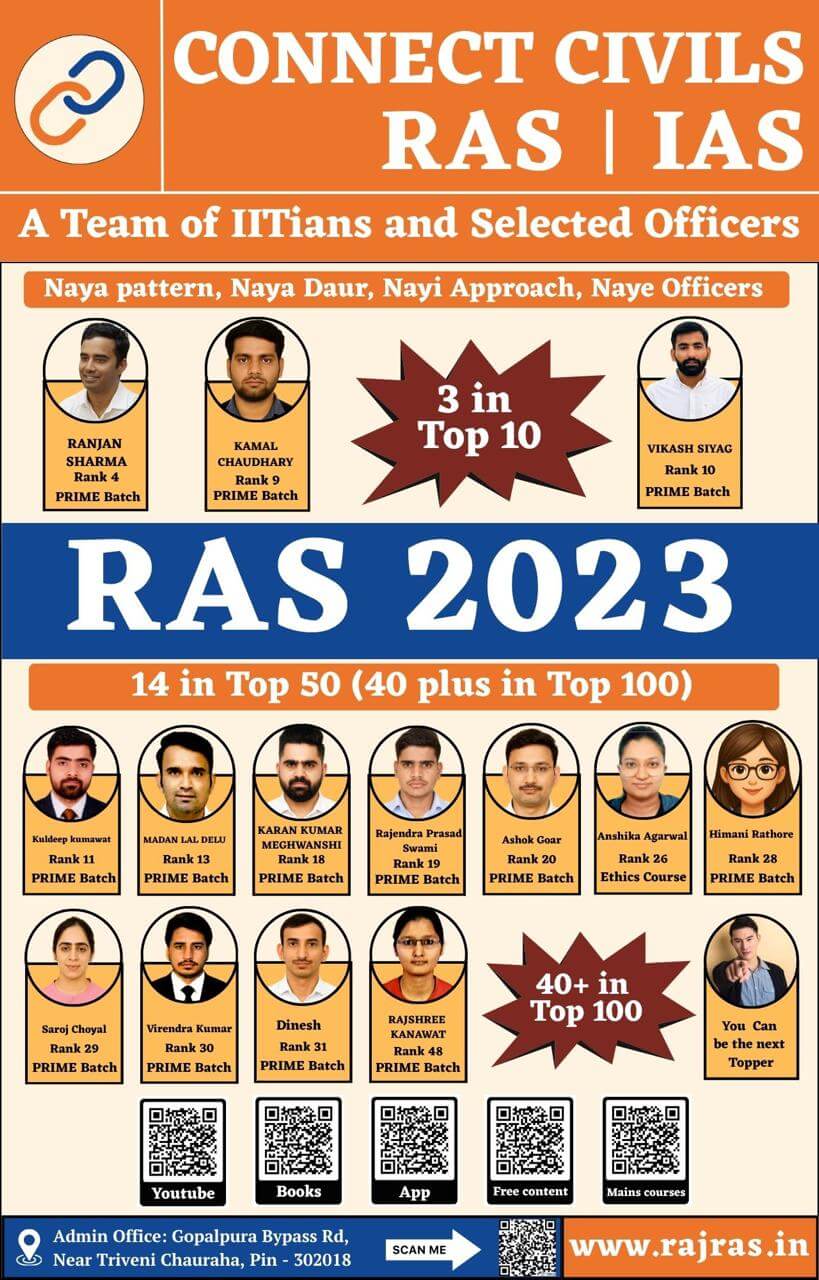This posts lists basic GK w.r.t India in short summary form:
India Basic GK: Physical Boundary
- Area: 32,87,263 Sq. KM
- Lies within Latitude: 8.4 – 37.6 North (degree.minutes)
- Lies within Longitude: 68.7 – 97.25 East (degree.minutes)
- North to South: 3,214 Kms
- East to West: 2,933 Kms
- Land Boundary with other countries: 15,200 Kms
- Sea Coast, Including Islands: 6516.6 Kms
- Common Border: Pakistan, Afghanistan, China, Nepal, Bhutan, Myanmar Bangladesh
- India– Sri Lanka separated by North: Palk Strait , South Gulf of Munnar.
India Basic GK: National Flag
- Horizontal Tricolor – deep Saffron(Kesaria) on top , white in middle & dark green at bottom.
- All bands equal in width.
- Length/Width = 3/2
- Centre of White band lies Navy-Blue Wheel representing Chakra.
- Design Chakra: As appears on Sarnath Lion Capital of Ashoka.
- Diameter = Width of white band
- Number of Spokes = 24
- Design of National Flag: Adopted on 22nd July 1947 by Constituent Assembly.
India Basic GK – State Emblem:
- An adaptation from the Sarnath Lion Capitol of Ashoka.
- 4 lions sitting on top, only three are visible.
- Below Wheel appears with Horse on Left and Bull on Right, separated by Chakra in Middle.
- Words, Satyameva Jayate are inscribed below in Devanagri Script.
- Phrase “Satyameva Jayate” is taken from Mundaka Upanishad, and means ‘Truth Alone Triumphs’.
- Emblem adopted on 26th January 1950.
India Basic GK – National Anthem:
- Title: Jana-Gana-Mana
- Original Composition: Rabindra Nath Tagore – Bengali
- First sung on 27th December 1911 as Kolkata Session of Indian national Congress
- Hindi version adopted as the National Anthem of India on 24th January 1950.
- 5 Stanzas takes approximately 52 seconds.
National Song:
- Title: Vande Mataram
- Composed: Bankim Chandra Chatterji in Sanskrit
- First Sung in 1896 Annual Session of Indian National Congress.
National Calendar
- Based on Saka era
- First Month: Chaitra
- First Day: 1 Chaitra falling on 22 March in normal year & 21 March in Leap year.
- Adopted on 22nd March 1957.
National Pledge
- Originally composed by Pydimarri Venkata Subba Rao in Telugu
- Adopted by Central Advisory Board on Education to be sung in Schools.
Indian Currency
- Indian Rupee. ISO symbol: INR

- The symbol is an amalgam of Devanagari “Ra” and the Roman Capital “R” with two parallel horizontal stripes running at the top representing the national flag and also the “equal to” sign.
- Symbol Adopted 15th July 2010.
Other National Symbols:
- National Flower: Lotus
- National Fruit: Mango
- National Tree: Indian Banyan (bargad)
- National River: Ganga
- National Animal: Royal Bengal Tiger
- National Bird: Indian Peacock
- National Aquatic Animal: Ganges Dophin
- National Reptile: King Cobra
- National Heritage Animal: Elephant
National language:
- India does not have any national language
- However, Hindi in Devanagri Script & English are official languages of Union Government of the Republic of India (Article 343 of Contitution)
- Further, we have 22 Other Official languages (Specified in VIII Shedule of Constitution): Assamese, Bengali, Bodo, Dogri, Gujarati, Hindi, Kannada, Kashmiri, Konkani, Maithili, Malayalam, Manipuri, Marathi, Nepali, Odia, Punjabi, Sanskrit, Santhali, Sindhi, Tamil, Telugu, Urdu.
Classical dances of India:
- The term “classical” (Sanskrit: “Shastriya”) was introduced by Sangeet Natak Akademi to denote the Natya Shastra-based performing art styles.
- Hence, Classical dances are dance forms recognized by Sangeet natak Academy as Classical dance.
- Bharat Natyam: Tamil Naidu
- Kathakali: Kerala
- Mohiniyattam: Kerala
- Kuchipudi: Andhara Pradesh
- Odissi: Odisha
- Manipuri: Manipur
- Sattriya: Assam
- Kathak: Uttar Pradesh
- Famous Folk dances of India

- Famous Folk Music of India

- Traditional Theatre forms of India

- Traditional Puppet Forms of India
- String Puppets
- Kathputli (Rajasthan)
- Kundhei (Orissa)
- Gombeyatta (Karnataka)
- Bommalattam (Tamil Nadu)
- Shadow Puppets
- Togalu Gombeyatta (Karnataka)
- Tholu Bommalata (Andhra Pradesh)
- Ravanachhaya (Orissa)
- Tolpavakoothu (Kerala)
- Chamadyache Bahulya (Maharashtra)
- Rod Puppets
- Putul Nautch (West Bengal)
- Yampuri (Bihar)
- Kathi Kandhe (Orissa)
- Glove Puppets
- Pava-kathakali (Kerala)
- Kundhei Nach (Orissa)
- Important Temples of India:

- Important Folk Paintings of India:

- Important Martial Arts of India:

- Famous Printing/Weaving Styles of India:

- Traditional fabrics of India:


India Basic GK |India Basic GK | India Basic GK | India Basic GK
General Knowledge about India


